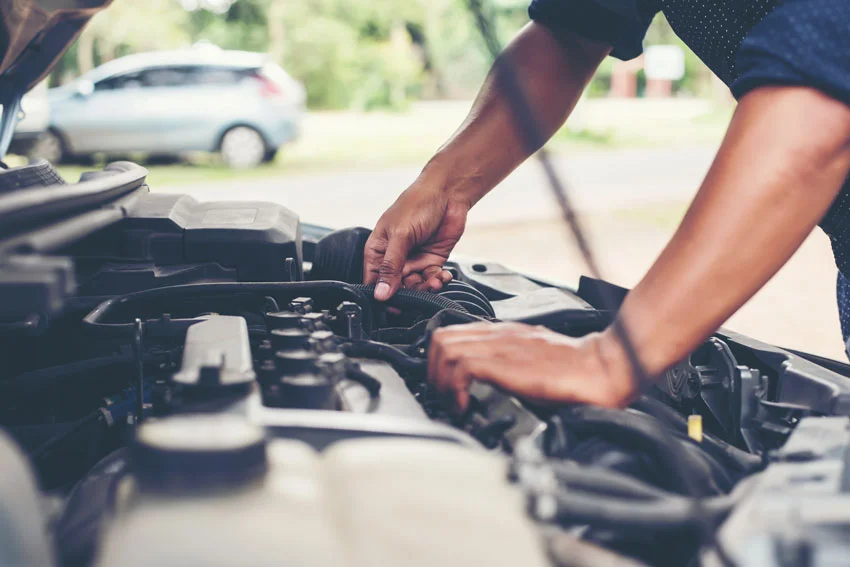
Image via Snethkamp CDJR of Gaylord.
A dead battery can leave you hunting for jumper cables or waiting on a tow. As your Jeep dealership in Gaylord, MI, we don’t want this to happen to you. We’d like you to know a few signs that your battery is failing, and it’s time to visit us for a new car battery before this happens.
Battery Warning Light
Your dash has many different warning lights, each of which warns of a potential problem. Your Jeep has a huge number of sensors inside it, and each sensor monitors a specific vehicle component. The sensors connect to your computer and continuously supply it with information on the health and condition of their connected components.
The battery warning light illuminates if sensors in the electrical system detect a problem. Your battery can trigger this warning light if it’s failing. A battery usually supplies between 12.6 volts and 14.5 volts. If your battery is failing, its voltage output will drop. If the voltage drops below 12 volts, sensors will alert the computer, and the light will come on. We can test your battery and replace it if it’s failing.
Swollen Battery Case
Your battery’s contents are protected by a tough plastic casing. This casing prevents sulfuric acid and other battery chemicals from leaking into your engine and also protects the battery contents against contamination. Most car batteries are rectangular, but square batteries are also possible. Over time, environmental factors like extreme heat or cold can damage the battery casing.
Extreme temperatures affect the electrolyte solution, which expands and increases pressure inside the casing. The expanding solution can’t escape the case, so the internal pressure will force part of the casing outwards. If you look at your battery and the casing is bulging or distorted, your battery is damaged. We’ll replace the swollen battery with a new one.
Damaged Alternator
One of the alternator’s jobs is to recharge your battery. The battery supplies the power that starts your engine, and this electrical charge uses a significant part of the battery’s energy. When your engine is running, the alternator starts recharging the battery. The alternator recharges at full power for ten minutes and then switches to recharging at 10% to prevent damage to the battery and the alternator.
If your alternator is damaged, it can continue to recharge the battery at full power. This increases the battery temperature, and the electrolyte solution inside it can boil. You’ll get a warning that something is wrong as the battery warning light will illuminate. We’ll examine your battery and replace it if it’s been damaged. We’ll also replace your alternator.
Don’t let a battery problem shock you. Call us today at Snethkamp CDJR of Gaylord.







